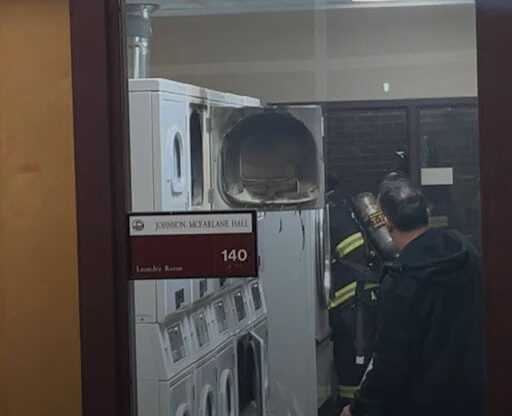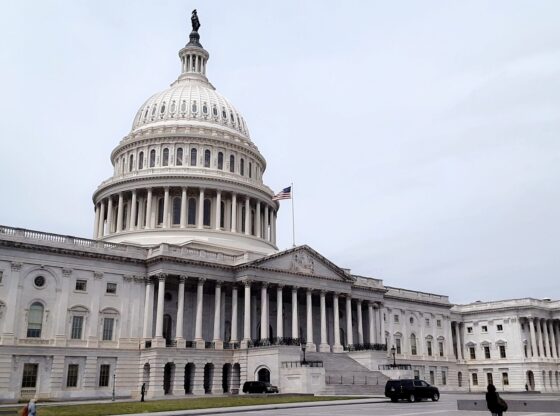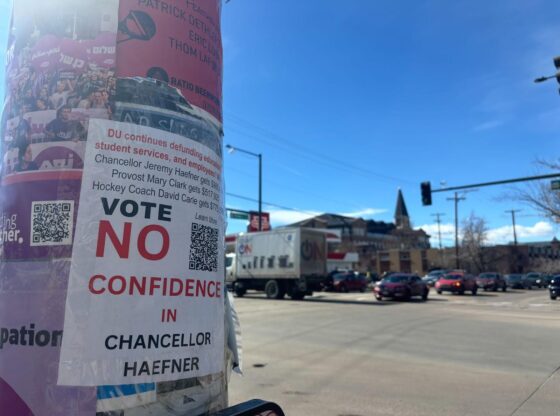In the wake of the April 8 solar eclipse, social media is alight with talk of the unprecedented Airbnb occupancy levels seen in cities that fell in the path of totality. With occupancy percentages as high as 98% in these cities, it’s no wonder the map is shocking people. But is it a part of a bigger issue?
There’s nothing wrong with a healthy dose of astrotourism, but the quantity of Airbnbs in the U.S. may be getting out of hand.
Short-term rentals are not inherently negative. For a family who owns a beach house, renting it out for part of the year can be a great way to supplement their mortgage and keep the house from being empty. The problem comes when real estate investment groups come in and swoop up all the available housing in a popular vacation spot or city, leaving no room for locals looking for an affordable place to live.
One-quarter of hosts on Airbnb own two-thirds of the listings, chasing the high return rate of short-term rentals. These real estate investment companies recognize that they make more money renting to tourists than to long-term tenants and are exacerbating the housing shortage.
Rising interest rates (a 15% average increase in rent) and stagnant income levels have made affording to pay rent in the U.S. difficult and affording to buy nearly impossible. From 2022 to 2023, the annual income required to afford a house rose 20%, requiring prospective home buyers to make at least 117,000 dollars per year—well above the national average.
One of the main reasons Airbnb has allowed this to happen is that the company is simply growing faster than local governments can set adequate restrictions. Even in cities with restrictions, Airbnb can find ways around them.
For example, here in Denver, Airbnb owners purchasing homes in single-family zones are restricted to one property and are required to live there 185 days out of the year. However, outside those zones owners can have as many as four rentals as long as they are more than 500 feet from each other.

The map above from the City of Denver shows the zoning districts in the city. The light yellow indicates single-family zones where only residents can let short-term rentals. The rest, including the center of the city where the housing crisis is most dire, are subject to the more lenient non-residential restrictions because they are mostly populated by apartment buildings (notably, they are also often lower-income areas of the city).
There’s no denying Airbnbs can play a positive role in people’s lives. The eclipse map shows how they can provide unique experiences crowded hotels sometimes miss, but is it worth it at the expense of accessible housing? People in cities like Denver are struggling to find even moderately priced housing because homes that are needed by locals are being reserved for tourists by big real estate investment firms. Local governments need to turn back this clock, set stricter limits for owners and start to undo some of the damage done by companies taking advantage of the otherwise great service Airbnb offers. It’s time to separate hotels and homes.











